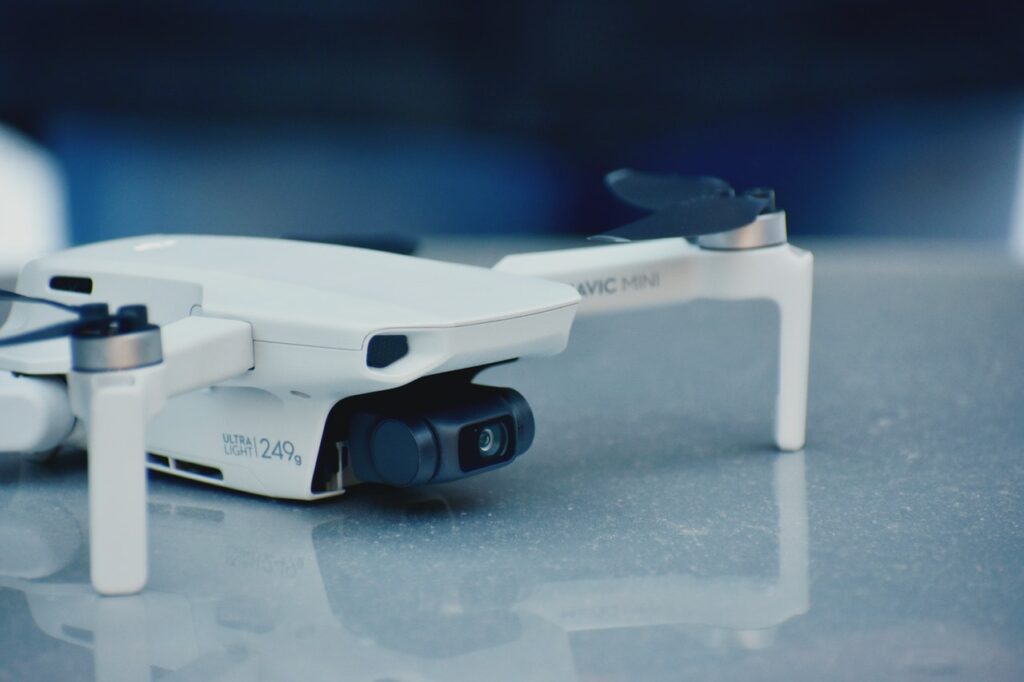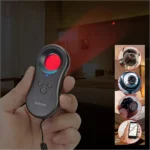One of the great things about modern IP security cameras is the ability to customize the settings for your specific monitoring needs. But if you’re new to configuring IP cameras, the myriad of options can seem daunting. This guide will walk through the most common IP camera settings for beginners to adjust.
Why Change IP Camera Settings?
Out of the box, most IP cameras work reasonably well with default settings. But taking the time to configure options around video quality, motion detection, night vision and more can further optimize your system.
Here are some examples of why you may want to modify IP camera configurations:
- Enable motion alerts only for certain areas like driveways
- Improve video quality by changing compression or resolution
- Activate night vision only when ambient light is low
- Adjust sensitivity to reduce false alerts
- Create separate user accounts with different access privileges
- Change on-screen data displays like timestamps or camera name
- Integrate with other smart home platforms and devices
- Configure automatic cloud backups for offsite storage
Customizing camera settings allows tailoring the system to your specific environment and needs. The ability to tweak IP camera options is a major benefit over one-size-fits-all analog CCTV systems.
Accessing IP Camera Configuration Menus
The first step is accessing your camera settings. There are a couple options:
Via web browser – Most IP cameras can be configured directly by browsing to the camera’s IP address. Default login credentials are commonly admin/admin or similar.
Using NVR – Connected to an NVR recorder? It often provides a unified interface to change settings for all attached cameras.
Using mobile app – Many camera manufacturers’ apps allow changing settings right from your smartphone or tablet.
Refer to your camera or NVR manual for details on accessing the management interface. Once logged in, you’ll have access to the full menu of configurable options.
Adjusting Video Resolution and Quality
One of the most common settings to optimize is IP camera video resolution and compression. Here are key settings to configure:
- Resolution – Higher resolution provides more detail but requires more bandwidth and storage. Max resolution depends on camera capabilities (720p, 1080p, 4K).
- Frame rate – Measured in FPS (frames per second), higher frame rates are smoother but also require more resources. 15-30 FPS is common.
- Bitrate – The amount of data used per second by the video feed. Adjusting can conserve bandwidth and storage.
- Compression – Newer H.265 compression saves storage space over H.265 for the same video quality.
There are always tradeoffs when changing video settings – balancing quality vs bandwidth and storage consumption. Try tweaking these options to find your optimal balance.
Optimizing Night Vision and Exposure
Most modern IP cameras include infrared LEDs to enable night vision capability. Here are some key night vision settings:
- IR mode – Toggle night vision on/off/auto and set the ambient light level threshold to activate it.
- IR intensity – Increase or decrease the power of the infrared LEDs. Useful to balance visibility vs overexposure.
- IR cut filter – Filters out IR light during daytime to improve colors. Set to on/off/auto.
- Exposure – Controls shutter speed and brightness. Faster exposures show movement better but increase noise.
- White balance – Compensates for different colors temperatures like incandescent or daylight.
Take time to test night vision to get the clearest video for your specific conditions while maximizing battery life.
Configuring Motion and Smart Alerts
Detecting motion is one of the most valuable IP camera capabilities. Here are the key settings to configure:
- Motion zones – Mask off areas like roads or trees to reduce false triggers.
- Motion sensitivity – Raise or lower the threshold at which motion triggers recording and alerts.
- Motion scheduling – Set a schedule for when motion detection is active, say only at night.
- Alerts – Choose to receive motion alert notifications via push, email, SMS etc.
Properly configuring motion detection ensures you don’t miss important activity while avoiding an overload of unwanted alerts.
Recording Schedule, Length and Auto-Deletion
Managing camera video storage is another essential area to optimize. Key settings around recording include:
- Recording schedule – For example, disable continuous recording during work hours if the area is occupied.
- Recording length – Set a max duration per video clip, for instance 5 minutes. Longer durations take more space.
- Overwrite settings – Automatically delete older videos after a set number of days to open space.
- Cloud recording – Upload clips to the cloud for offsite backup at customizable intervals.
Plan storage settings based on your retention period goals and available local vs cloud capacity.
Managing User Accounts and Passwords
Finally, take time to properly configure user accounts and passwords:
- User accounts – Set up separate accounts for family members or staff with custom access privileges.
- Passwords – Change default admin passwords to strong unique passwords for improved security.
- Auto-logout – Enable auto-logout of the interface after periods of inactivity to prevent access by others.
Proper account management ensures your cameras remain accessible only to those that should have access.
Final Thoughts
The full suite of IP camera settings can seem overwhelming initially. Focus first on adjusting the aspects covered above like video quality, night vision, motion detection, storage management and user accounts.
Don’t be afraid to test different settings to find the optimal balance for your needs. The configuration menus include handy explanations of each option. And you can always reset back to factory defaults if needed.
With a small time investment customizing options for your specific use case, you can take full advantage of the flexibility and capabilities modern IP surveillance cameras provide over one-size-fits-all analog CCTV systems.
Additional IP Camera Tips and Resources
Here are some additional beginner resources to help you get the most from your IP cameras:
The Complete Guide to IP Camera Installation – YouTube video tutorial
Best PoE Security Camera Systems for Small Business – Top PoE camera kit reviews from Business News Daily
Troubleshooting Lagging and Pixelated IP Camera Video – Tips from Amcrest for improving video quality
How to Connect Your IP Camera to the Cloud – YouTube tutorial for offsite cloud backup setup
Hopefully this IP camera settings beginner’s guide gives you the confidence to start customizing your cameras for optimal home or business surveillance. Let me know if you have any other IP camera questions!



